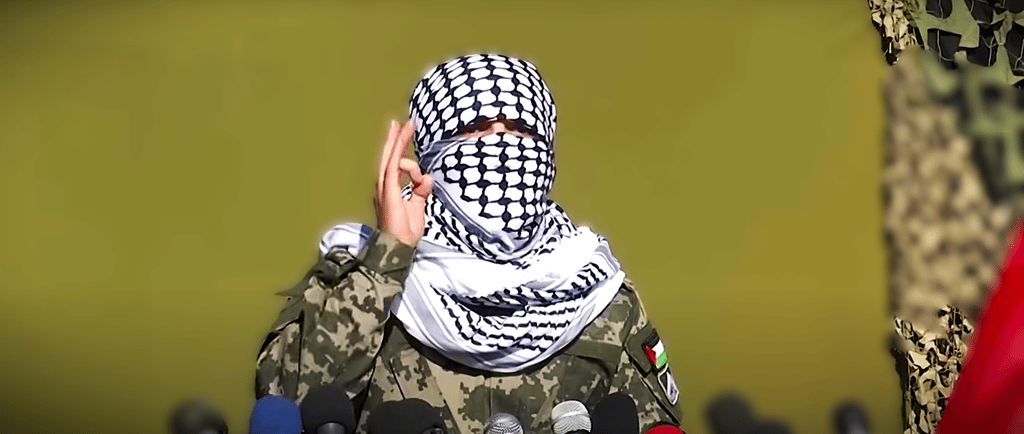Hamas Receives New 60-Day Gaza Truce Proposal on August 18, 2025
On August 18, 2025, Hamas received a new 60-day Gaza ceasefire proposal in Cairo, including phased hostage releases, raising hopes for peace.
Raja Awais Ali
8/18/20251 min read


A Fragile Hope: Hamas Receives New 60-Day Ceasefire Proposal
On August 18, 2025, during high-level negotiations in Cairo, the Palestinian group Hamas received a fresh ceasefire proposal that has rekindled hope for Gaza’s war-weary population. Mediated by Egypt, Qatar, and the United States, the plan centers on a 60-day temporary truce combined with a phased release of hostages, designed to stop the immediate bloodshed and lay the groundwork for a lasting peace agreement.
Under the proposal, the first phase would see the release of 10 Israeli hostages and several bodies, followed by the release of the remaining captives in the second stage. During this time, both sides would continue negotiations on a permanent ceasefire. Hamas’s allied faction, Islamic Jihad, has also shown willingness to back this plan, while Hamas leaders have begun internal consultations with Palestinian factions before issuing a formal response.
Israel’s government, however, has publicly insisted that all hostages must be released at once. Yet, behind the scenes, some Israeli officials reportedly appear open to considering a phased approach if the terms are acceptable. This highlights the fragile balance between political resolve and humanitarian urgency.
Meanwhile, the humanitarian situation in Gaza continues to deteriorate. On the same day, Israeli airstrikes reportedly killed at least 11 Palestinians, adding to the already staggering civilian toll. According to the United Nations, more than 1.35 million people have been displaced, shelters are overwhelmed, and aid shortages are worsening by the day. With famine-like conditions looming, the proposed ceasefire is not just a political negotiation—it is a lifeline for survival.
This 60-day truce proposal carries deep significance on multiple fronts. It reflects renewed seriousness in international mediation efforts, offers a glimmer of hope to the families of hostages, and provides millions of civilians a chance for temporary relief from relentless bombardment.
The central question now is whether this fragile initiative can evolve into a broader peace agreement or collapse under the weight of mistrust. For now, it stands as a fragile but vital hope—a moment of potential calm in one of the world’s most volatile conflicts.